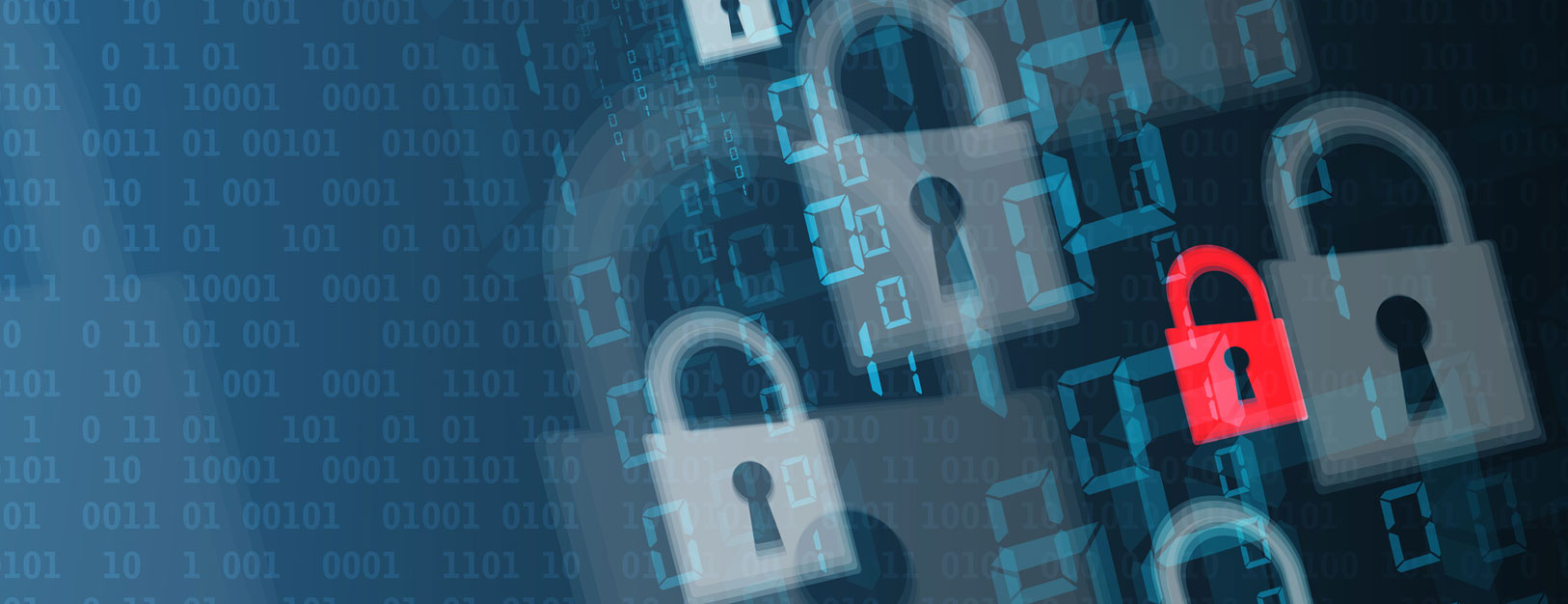
How to reinforce identity proofing in the digital era
Digital transformation of business processes is on the rise, influenced by changing user preferences and market dynamics. Organizations now rely on tech-driven approaches to manage everyday customer-facing operations. Online delivery of services is the new norm, with processes redesigned to use the Internet as the medium. Unfortunately, the progress has been marred by data breaches and identity thefts. Digital-enablement strategies must integrate foolproof security techniques to thwart identity fraud.
Understanding identity thefts
As digital technologies evolve, so does the complexity of cyberattacks. Fraudsters employ increasingly sophisticated methods to acquire Personally Identifiable Information (PII). An international study on identity fraud estimates the total loss to be $56 Billion in 2020. In India, over 27 million people had a close online encounter with a fraudster cybercriminal between 2020 and 2021. The FTC registered more than 2.2 million reports about fraud in the US, while 26% of EU citizens had encountered a risk in 2020. According to an INTERPOL report, over 700 million threats were detected in Africa over fourteen months from Jan 2020, leading to an estimated 10% reduction in the continent’s GDP.
It’s essential to understand how identity thefts happen to evolve effective strategies. PII is stolen through several means:
- Phishing, Smishing, or Vishing, in which the user’s details are illegally obtained through emails, text messages, or phone calls
- Malware that resides on the user’s device, surreptitiously collecting and sending data to the fraudster
- Skimming, in which the credit or debit card details are extracted by a card reader illegally connected to an ATM or POS machine
- Fraudulent websites that appear genuine or that make too-good-to-be-true offers, ensnaring people to share the details
- Public Wi-Fi networks or charging stations hacked to harvest users’ data
All these are targeted at individuals or a small group of people. Data breaches, on the other hand, potentially affect thousands of users. When the database containing personal data is compromised–either unintentionally or by the lack of adequate safeguards–the results can be disastrous. Stolen login ids, passwords, and identity information can be used to mount credential stuffing attacks. To bypass identity proofing systems, criminals employ a host of methods, including the use of photos or videos available on the Internet, forged documents, morphed photos, or even 3-D masks, which cannot be detected by manual visual inspection.
Addressing the concerns
For both businesses and their customers, data breaches can be catastrophic, with financial losses running into millions. What makes such incidents even more critical is the far-reaching impact they have on customers’ trust.
The need for organizations to adopt robust InfoSec strategies cannot be overstated. Most ID frauds are committed with illegally obtained credentials. When identity proofing happens online, the evaluation needs to be bulletproof. Modern ID proofing applications employ AI-powered face recognition algorithms and document verification solutions to augment KYC processes. Impersonation and spoofing attempts can be foiled with liveness detection, which affirms the live presence of the customer through gestures or audio cues. The location of the user can also be logged. Integration with Government and third-party databases add another layer of security.
Users have their roles to play as well. Most transactions start with a login session. Securing access with a strong password and multi-factor authentication is essential. Installing security software–and keeping it updated–can block malicious attempts that steal data through spurious apps, weblinks, and sites. Fraudsters entrap gullible people with incredibly attractive offers, and users would be wise to err on the side of caution. It also pays to check credit card bills and bank statements regularly. Physical documents that contain PII must be shredded.
We may not be able to eradicate identity theft completely. However, the good news is that digital ID verification tools can provide effective protection from data breaches, with end-users pitching in with responsible online practices.
Let’s make your onboarding process future-proof/Future-proof your onboarding process now
Digid is a digital onboarding solution that facilitates secure, robust, and faster authentication and onboarding of customers. Built with cutting-edge AI technologies, the solution helps organizations comply with e-KYC needs, improve operational efficiency, delight customers, and grow their market share.
Leverage real-time digital identity verification services that help you reinforce data security and earn customers’ confidence. Be ready to revolutionize/transform your onboarding processes.
The future of onboarding will be driven by digital technologies. Let’s help you get there.







FEEL FREE TO DROP US A LINE.